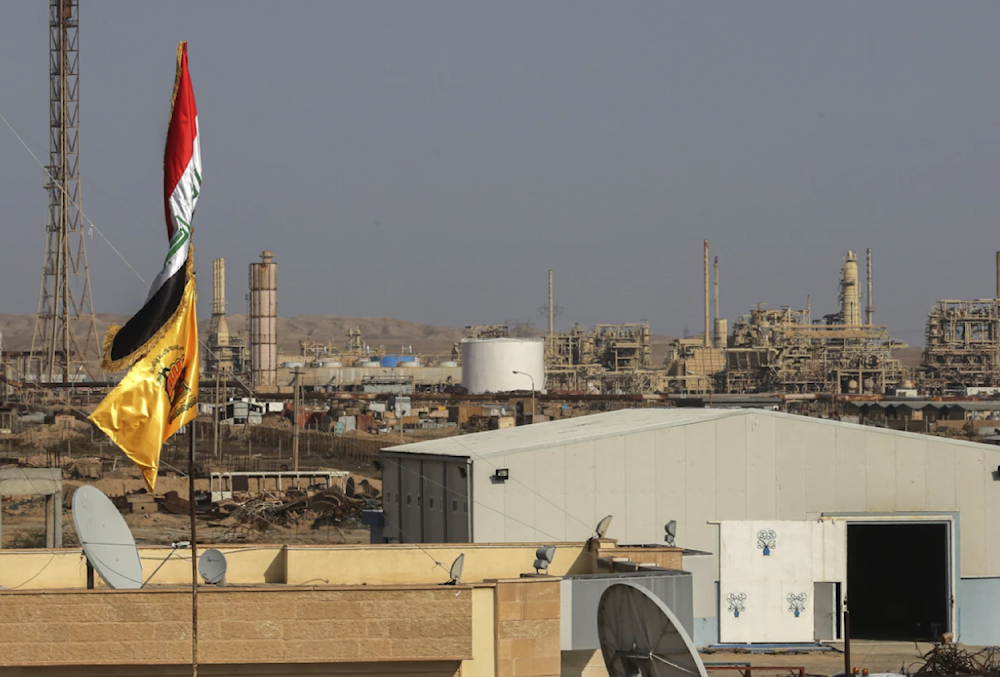Iraq plans to cut gas flaring to 20% in 2025
Along with Russia, Iran, and the United States, Iraq has the highest gas flaring rates, a technique that wastes fuel rather than collecting it and using it in sectors such as electricity generation.
-

An oil refinery is seen in the city of Beiji, north of Baghdad, Iraq, on December 8, 2014. (AP)
According to Bloomberg, OPEC's second-largest oil producer Iraq intends to lower the amount of gas it burns off unproductively by around 20% next year to satisfy increasing demand and minimize imports.
At the end of 2024, Iraq had collected almost 67% of the gas generated from oil fields, and new projects in the south, including those by TotalEnergies SE, would help raise that even more, according to Ezzet Saber Ismael, deputy minister for gas affairs, in an interview in Baghdad.
Wasteful burning is slated to end by the end of 2029 or early the following year.
Along with Russia, Iran, and the United States, Iraq has the highest gas flaring rates, a technique that wastes fuel rather than collecting it and using it in sectors such as electricity generation. Iraq has been forced to rely on imports, notably those from neighboring Iran, for which it requires regular sanctions exemptions from Washington. Ismael said that the current authorization is valid until June.
Flaring has been a global problem for years, as a lack of infrastructure to remove the gas causes industries to burn off surplus fuel. While it poses an environmental risk, it is less problematic than venting, which releases methane straight into the atmosphere.
Ismael noted that Iraq had decreased gas flaring from 47% in 2021 to around 33% this year. The World Bank's Global Gas Flaring Tracker, released earlier this year, reveals that the volume of gas burnt off remained essentially consistent throughout the five years to 2023. Iraq's ambitions have also slid in the past, after initially aiming to halt flaring by 2023.
By the end of 2025, the country intends to add projects consuming 290 million cubic feet per day of gas generated from southern oil fields, according to Ismael, who added this is including 50 million from the Artawi field under a TotalEnergies initiative, which will rise to 300 million by 2027.
"Only for the Artawi project, investments will be around $2 billion, a complete gas complex that we call accelerated investment that will be ready by the end of next year," the minister's deputy explained.
To accommodate fuel needs, the nation plans to develop a liquefied natural gas import facility at the Grand Faw port in the south. In January, it will begin distributing invitations to bid on the project's construction, mostly to US corporations. The terminal will have a storage capacity of 300,000 cubic meters.
Iraq presently produces 3.122 billion cubic feet of gas per day, with around 1.048 billion flared as of December 22, according to Ismael.

 3 Min Read
3 Min Read








